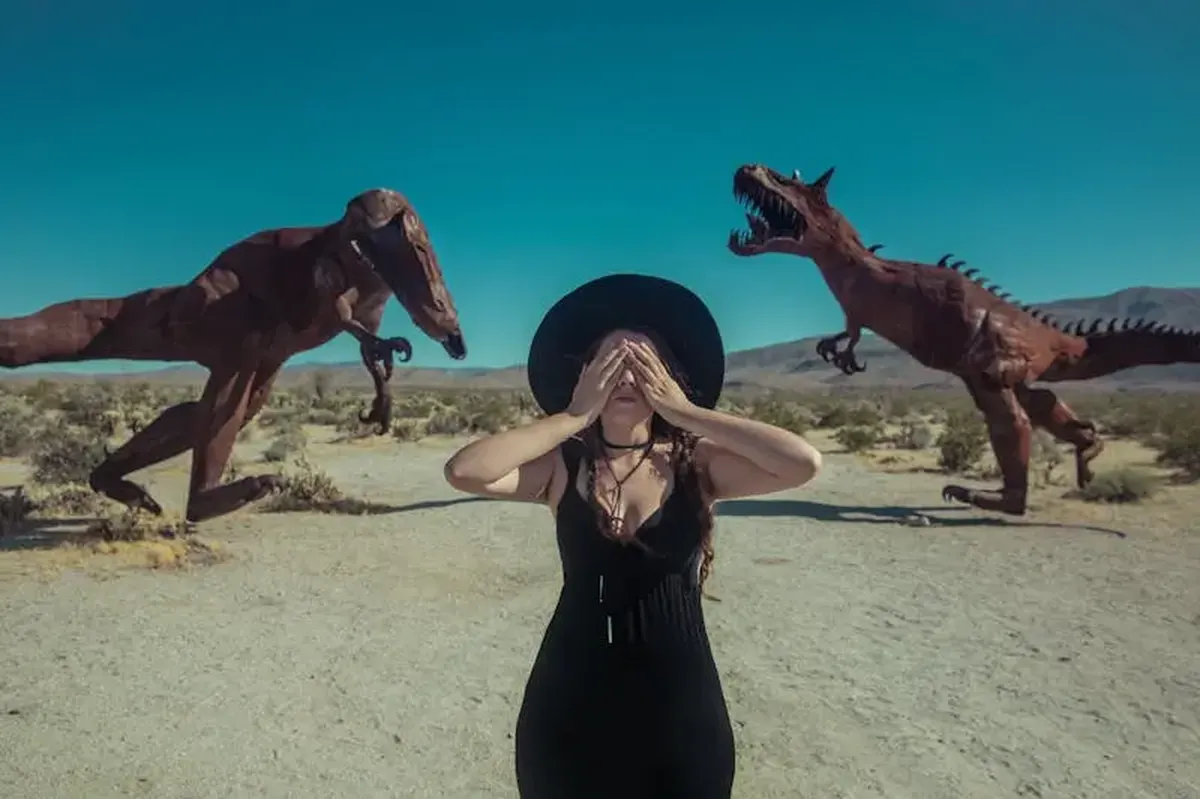In the scientific community, discussions have long persisted about when placental mammals—such as humans, dogs, and bats—first appeared. A recent analysis of fossils has led to a stunning discovery: our human ancestors existed during the time of the dinosaurs. Although their coexistence with these prehistoric giants was relatively brief, scientists affirm that it indeed occurred in history. Dinosaurs went extinct, while our ancestors evolved.
Some researchers have previously held the view that placental mammals existed during the age of dinosaurs, prior to the catastrophic asteroid impact that wiped out nearly 75% of life on Earth. According to these scientists, after this disaster, dinosaurs perished, but our ancestors survived and evolved. Now, a group of paleontologists supporting this theory has scientific backing for their claims. In-depth analysis of fossils finally provides an answer: our ancestors coexisted with dinosaurs for a short period before the prehistoric reptiles went extinct.
As reported by the Daily Mail, fossils of placental mammals have only been found in rock layers less than 66 million years old. This led scientists to believe that this group of living beings evolved after the mass extinction caused by the asteroid impact. A distinctive layer of sediment rich in iridium—a rare metal on Earth but more common in asteroids and comets—exists in the Earth’s crust worldwide. This serves as the primary evidence for the asteroid impact hypothesis that led to the extinction of the dinosaurs. Fossil remains also indicate a sharp decline in biodiversity following this layer.
Due to this catastrophe, all dinosaurs disappeared, except for birds and other smaller animals like lizards and frogs. However, molecular data has long suggested that placental mammals, including our human ancestors, are older than previously thought. A team of paleobiologists employed statistical analysis of fossils to determine whether human ancestors could have existed before the mass extinction. Their research revealed that primates, which include humans, as well as rabbits, dogs, and cats, evolved just before this catastrophe. In other words, scientists believe that human ancestors existed during the Cretaceous period and coexisted for a time with non-flying dinosaurs.
Researchers think that placental mammals managed to survive the asteroid impact. They suggest that it was possibly the mass extinction of dinosaurs, which eliminated competition, that allowed human ancestors to develop and evolve relatively quickly. According to lead researcher Emily Carlisle, her team collected thousands of fossils of placental mammals. In their studies, they observed patterns of emergence and extinction among various groups. Small human ancestors managed to survive.
Ms. Carlisle states that based on this data, it is possible to estimate when human ancestors emerged, although it remains unclear what they looked like. She notes that the first placental mammals were quite small creatures. For instance, one of the early primate ancestors was about the size of a modern-day shrew. Therefore, it is likely that many human ancestors that existed during the time of dinosaurs were small beings.
The recovery of life after the asteroid impact took millions of years. The creatures that survived the catastrophe laid the groundwork for today’s global biodiversity. Because the ancestors of placental mammals (and humans in particular) were very small, they could find refuge. Additionally, they did not require much food to survive in the harsh conditions following the disaster on Earth. All of this allowed human ancestors to survive and evolve after the demise of the massive dinosaurs. So, had it not been for the asteroid impact, who knows if the world would be as it is today, or if humans would even exist at all. The extinction of the dinosaurs paved the way for the evolution of primitive mammals, including our human ancestors.


